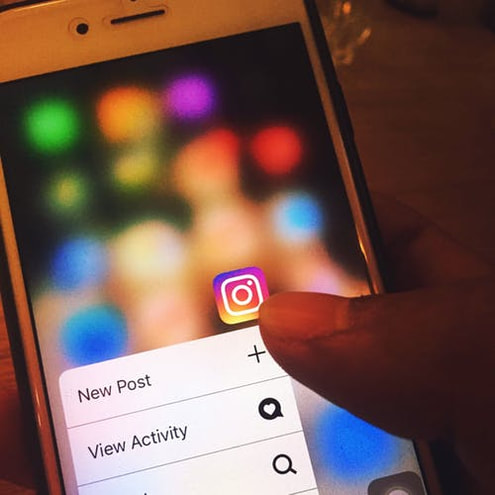Immediate Feedback and
Student Voice With Nearpod

I am sure at this point you have heard of the student engagement platform Nearpod, but have you actually used it in your classroom? Are you aware of its potential to provide student choice and its promise to amplify student voice?
I first began using Nearpod about 6 years ago and oh my how its grown. I was fortunate to have access to a class set of iPads in which I installed the Nearpod app for my world geography classes. I took the time to learn the platform because I wanted class content to be more engaging and collaborative (having access to student data was fantastic bonus). Social studies classes, like many other core subjects, tend to be content heavy. Okay, okay, social studies classes are very content heavy. Let’s just say I had a PowerPoint presentation for every lesson. I was faithful to the Madeline Hunter lesson plan format, but I recognized that I spent too much time in front of the class. Nearpod helped me change that.
I first began using Nearpod about 6 years ago and oh my how its grown. I was fortunate to have access to a class set of iPads in which I installed the Nearpod app for my world geography classes. I took the time to learn the platform because I wanted class content to be more engaging and collaborative (having access to student data was fantastic bonus). Social studies classes, like many other core subjects, tend to be content heavy. Okay, okay, social studies classes are very content heavy. Let’s just say I had a PowerPoint presentation for every lesson. I was faithful to the Madeline Hunter lesson plan format, but I recognized that I spent too much time in front of the class. Nearpod helped me change that.

With Nearpod, there is a long list of activities to choose from to get students engaged into the content. Surprisingly, it wasn’t one of the fancier activities that hooked the students in the beginning like Collaborate! or Draw It. Believe it or not, it was the open ended question activity that brought Nearpod to life in my classroom.
After sharing some content through Nearpod for about 5 minutes, I posed an open question to the class. I reviewed student responses and provided feedback in real time. The magic happened when I read what I considered to be a great response to the class (without revealing the students name). As a matter of fact I read the response of a student who was not vocal in the class. The type of student who would never raise their hand if I asked the class the same question out loud. Then like popcorn, students called out “read mine Mr. Wisner!”. “Really”, I thought, “Students are getting excited about an open ended question???”.
After sharing some content through Nearpod for about 5 minutes, I posed an open question to the class. I reviewed student responses and provided feedback in real time. The magic happened when I read what I considered to be a great response to the class (without revealing the students name). As a matter of fact I read the response of a student who was not vocal in the class. The type of student who would never raise their hand if I asked the class the same question out loud. Then like popcorn, students called out “read mine Mr. Wisner!”. “Really”, I thought, “Students are getting excited about an open ended question???”.

After some reflection, I realized It makes total sense. We live in a time in which instant gratification is fueled by endless information and modern technology. Whether it’s social media, IM, or online gaming, instant gratification is a defining characteristic of the times we are living in. If students are not getting feedback in a timely manner, we as educators, are missing an opportunity. Providing my students what I thought was a great Nearpod response allowed them to be recognized in the moment when it mattered most, when they were processing new information.
Eventually I enhanced the activity further by adding a rubric to the open ended question.This provided students with a guide to develop their responses so we could discuss struggles and successes as a class. Nearpod has since added many new exciting and engaging activities. I continue to use Nearpod anytime I present information to engage my audience and provide immediate feedback. If you haven’t already used Nearpod in your classroom, give it try. Your students will thank you(or ask you to read their response out loud).
Eventually I enhanced the activity further by adding a rubric to the open ended question.This provided students with a guide to develop their responses so we could discuss struggles and successes as a class. Nearpod has since added many new exciting and engaging activities. I continue to use Nearpod anytime I present information to engage my audience and provide immediate feedback. If you haven’t already used Nearpod in your classroom, give it try. Your students will thank you(or ask you to read their response out loud).
|
|
|
|
|
|

